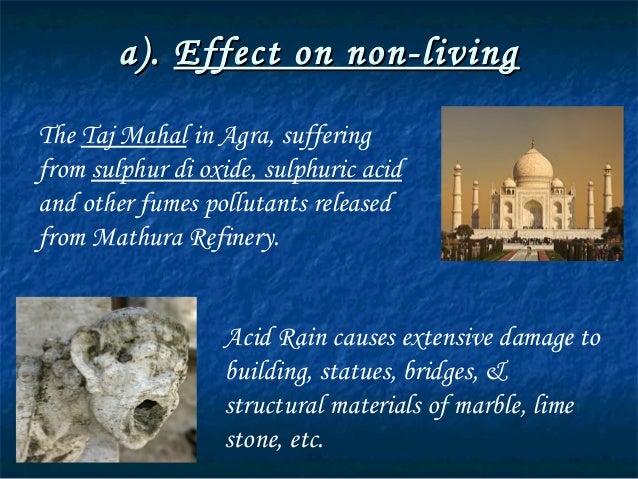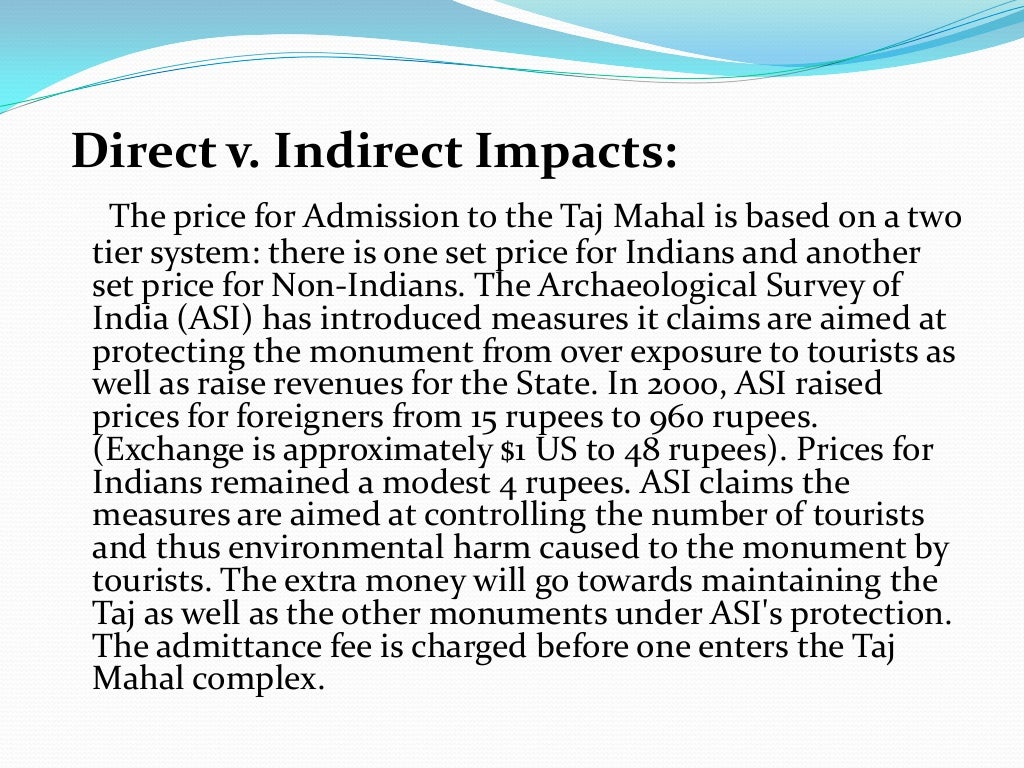
Moreover, the Environment Protection Act was passed and the Policy for the Abatement of Pollution Control was established.Ībout 10 million people living in Delhi and millions of people living along the banks of river Yamuna were exposed to health hazards from water contamination due to total absence of sewage treatment plant in many areas of Delhi. The Public Liability Insurance Act was passed and the policy for the abatement of Pollution Control was established. The Parliament added an entirely new chapter to the 1948 Factory Act, incorporating sections almost verbatim from the Judgment. This judgment also ushered in a period of dramatic legislative progress in India.

The deep pocket principle was also laid down in the instant case. The fertilizer plant was situated very close to human habitation and the court held that the carrying on of a hazardous industry in such proximity to population could not be permitted and the factory was relocated. This is a landmark judgment in which the principle of Absolute Liability was laid down. As a result of this case, Delhi has become the first city in the world to have complete public transportation running on CNG. Lead-free petrol had been introduced in the four metropolitan cities from April 1995 all new cars registered from April 1995 onwards have been fitted with catalytic convertors COG outlets have been set up to provide CNG as a clean fuel in Delhi and other cities in India apart from Euro 2 norms.
#Case study on effects of acid rain on taj mahal free#
Orders for providing Lead free petrol in the country and for the use of natural gas and other mode of fuels for use in the vehicles in India have been passed and carried out. A retired Judge of the Supreme Court was appointed along with three members to recommend measures for the nationwide control of vehicular pollution. As a result of these directions millions of people have been saved from the effects of air and water pollution in Ganga basin covering 8 states in India.Īgainst vehicular pollution in India the Supreme Court delivered a landmark judgment in 1992. A large number of industries were closed down by the Court and were allowed to reopen only after these industries set up effluent treatment plants and controlled pollution. Six hundred tanneries operating in highly congested residential area of Kolkata have been shifted out of the City and relocated in a planned Leather Complex in the State of West Bengal. In this case, apart from industries, more than 250 towns and cities have been ordered to put sewage treatment plants. A substantial success has been achieved by way of creating awareness and controlling pollution in the river Ganges. Three landmark judgments and a number of Orders against polluting industries numbering more than fifty thousand in the Ganga basin passed from time to time.

The apex Court gave various directions including banning the use of coal and coke and directing the industries to switch over to Compressed Natural Gas (CNG). The Supreme Court of India delivered a historic Judgement in December 1996.


As a result of very high toxic emissions from these industries, the Taj Mahal and 255 other historic monuments within the Taj trapezium were facing serious threat because of acid rain. Taj Mahal, one of the wonders of the world and the pride of India was facing serious threat from pollution caused by Mathura Refinery, iron foundries, glass and other chemical industries.


 0 kommentar(er)
0 kommentar(er)
